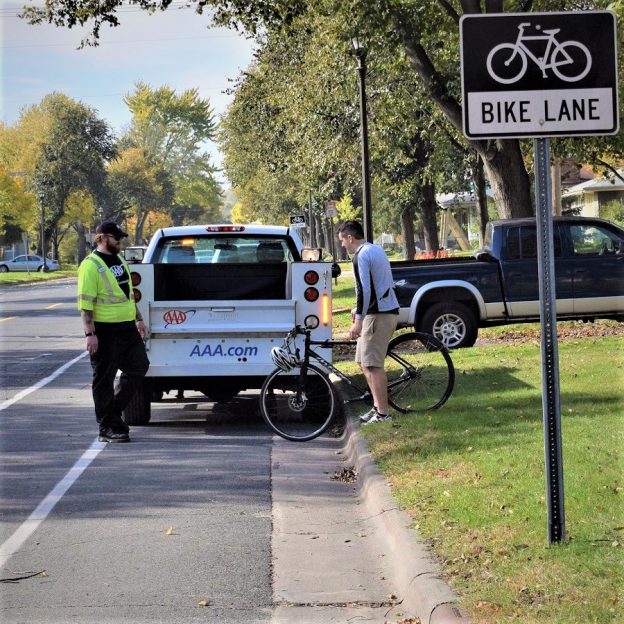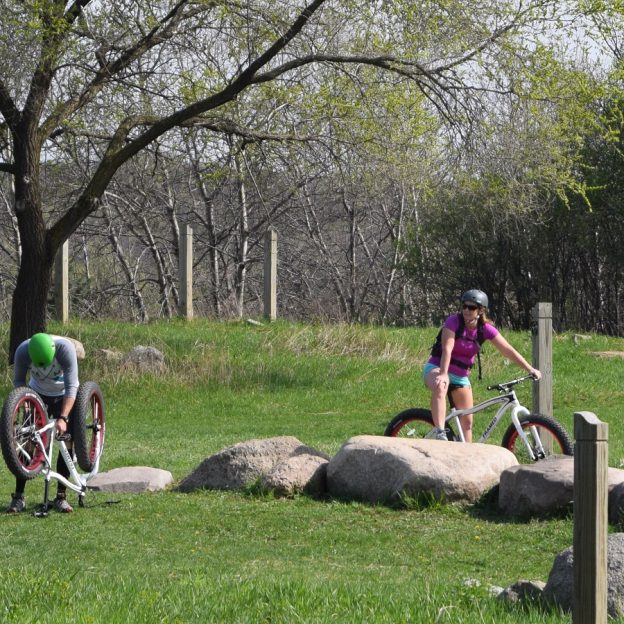Tag: bike fix
-

How to fix a flat tire on a bike is a skill every rider should have
One inevitability of riding a bicycle is that you will get a flat tire. With a little practice and planning, you will be able to fix a flat tire and finish your ride. To be prepared, you will need a few tools and to practice how to fix a flat on your bicycle a few…
-

Quick and easy tips for adjusting your bicycle’s v-brakes
For those who don’t have disc brakes, the V-brakes on your bike are your greatest single source of control. Take a look below for some tips and tricks on how to adjust your V-brakes.
-

New AAA Roadside Service adds peace of mind for your next bike ride
More people than ever before are taking to their bicycle for recreation and transportation. In a move to support riders, AAA is offering SAG support for cyclists. The company recently announced that it was extending its popular automotive roadside service to include bicycles. At HaveFunBiking.com, we review a lot of new products each year and are…
-

Bike Crash: What to Look for and Inspect After the Unexpected
As a mountain biker that tranquil feeling is sometimes interrupted by an unexpected bike crash. Whereas crashing my bike it isn’t something I enjoy, I realize that as I try to push my boundaries, a bike crash is a real possibility. You don’t need to be a mountain biker to have a bike crash, after…
